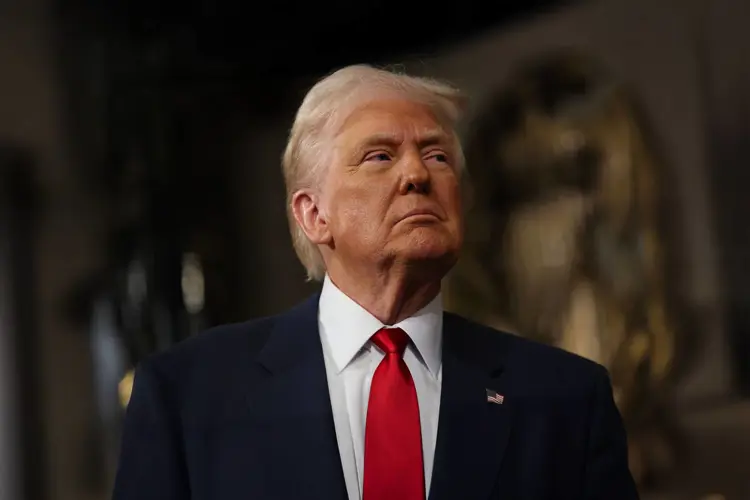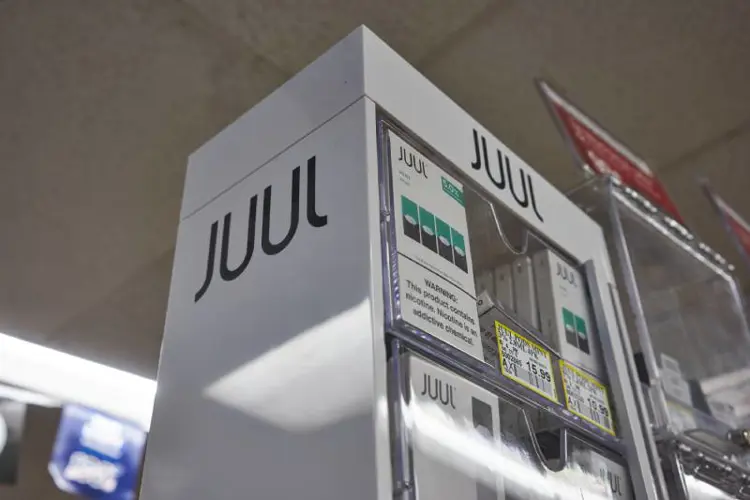The FDA launched the latest segment of its “youth tobacco prevention plan” campaign called The Real Cost yesterday. And after almost two years of Scott Gottlieb at its helm, and hundreds of millions of dollars spent on research, the FDA once again is stuffing its new ads with the same chemophobic innuendo and baseless fear mongering that every other anti-vaping ad campaign has used.
“Teens who use e-cigs may be exposed to nicotine, the highly addictive drug that can change the brain and lead to addiction; chemicals known to cause cancer, such as formaldehyde and acetaldehyde; toxic metals, like chromium, nickel and lead,” says an FDA Center for Tobacco Products tweet posted during the campaign launch.
The FDA is perfectly aware that those vapor constituents are found in low levels that haven’t been shown to cause actual harm to vapers. But that seems to be the quality of evidence the agency is comfortable with, even when dealing with a generation of curious kids who carry Google-equipped smartphones at all times.
But apparently scaring kids — and adults — away from a relatively low-risk cigarette substitute is a small price to pay to get the Campaign for Tobacco-Free Kids and political demagogues like Dick Durbin off his back. Gottlieb has already explicitly stated that he’s willing to trade away adult choice to achieve youth abstinence. “No child should use any tobacco product,” says Gottlieb, “including e-cigarettes.”
Gottlieb and the FDA have gone all in on trying to convince the public that teenage vaping is a crisis. The commissioner has been calling it an epidemic for a few weeks now. Gottlieb announced a week ago that JUUL Labs and four tobacco industry manufacturers that sell vapes — all popular in the convenience store market segment — had 60 days to show how they would prevent teenagers from buying and using their products, or face sanctions from the FDA.
He also threatened to ban e-liquid flavors by expediting the agency’s rulemaking process on flavors. Both threats were based on “new evidence” Gottlieb says shows rapid uptake of vaping by teens since last year. Of course, the evidence is so new that it’s unpublished and secret — supposedly early results from a national survey. Now Gottlieb says the agency will release the evidence “soon.”
The desperation at the FDA is palpable. Even though most Americans think vaping is no better than smoking, those under 30 are more likely to vape than they are to smoke. And, despite previous survey numbers showing that teen vaping didn’t increase substantially in 2017, the agency needs an evidentiary hook to hang its epidemic on. That’s where the secret evidence comes in; it’s the justification for a $60 million Just Say No to Vaping campaign.
“The new campaign we’re announcing today seeks to snap teens out of their ‘cost-free’ mentality regarding e-cigarette use with powerful and creative messages that reach kids where they spend a lot of their time: online and in school,”Commissioner Gottlieb announced.
The FDA will be putting ads in school bathrooms — seriously — because that’s “a place we know many teens are using e-cigarettes or faced with the peer pressure to do so,” according to Gottlieb. Can FDA-funded studies of high school bathrooms be far behind, with dedicated researchers hiding in broom closets and taking notes on which fruity flavors they smell?
The first video ad produced for the Real Cost campaign — called, of course, “Epidemic” — shows unsuspecting teenage vapers infected with a Matrix-like under-the-skin bug that crawls through their helpless faces and infects their organs. It’s a striking image that’s meant to be terrifying, but will probably make every teenager who has seen the effects of vaping in real life laugh out loud.
“There’s an epidemic spreading,” says the narrator. “Scientists say it can change your brain. It can release dangerous chemicals like formaldehyde into your bloodstream. It can expose your lungs to acrolein, which can cause irreversible damage. It’s not a parasite, not a virus, not an infection. It’s vaping.”
The video was produced by ad agency FCB New York and directed by filmmaker Darren Aronofsky. American Vaping Association president Gregory Conley suspects Commissioner Gottlieb began using the word “epidemic” to refer to the JUUL moral panic because he knew the Aronofsky ad was on the way soon.
Teenagers aren’t idiots. They are more likely than adults to reject the fear-mongering of the drug war-style anti-vaping minions of public health. That’s because every teen who knows a vaper can see with their own eyes that vaping doesn’t have any obvious short-term consequences. Why do adults often believe they can frighten kids into avoiding risk, when it has never worked before?
The infestation horror TV commercial may be what the FDA thinks is necessary to frighten off a generation of kids who resist Reefer Madness-style public health campaigns. Except, of course, that’s exactly what this is. Teenagers can do research too. Wouldn’t it be a better idea to just tell them the whole truth, so they can’t catch your lies? The only kids who will be terrified by this video are the ones who’d never dare to try vaping anyway.
The campaign features a gimmicky website with the evidence about vaping hidden behind a door. You can enter and search for it. Well, maybe you can. I couldn’t, because all day long I got an error message when I tried to open the door.
Commissioner Gottlieb may be genuinely frightened by what he believes is an epidemic of teen vaping. Or he may be feeling pressure from his boss at the Department of Health and Human Services (who is in turn feeling pressure from politicians and public health groups). Or he may be using vaping as a convenient distraction from the real problem of opioid abuse and overdoses. His motivation doesn’t really matter.
Even if the FDA’s silly campaign works to scare some teenagers away from juuling, it will inevitably also convince a lot of adult smokers that they don’t want any part of this dangerous new thing. Because just as the vaping manufacturers won’t be able to come up with a plan that prevents sneaky teenagers from getting their hands on adult products, there’s no way the FDA can manufacture fear-based “educational” ads that only scare teens but leave adult smokers untouched.
The Freemax REXA PRO and REXA SMART are highly advanced pod vapes, offering seemingly endless features, beautiful touchscreens, and new DUOMAX pods.
The OXVA XLIM Pro 2 DNA is powered by a custom-made Evolv DNA chipset, offering a Replay function and dry hit protection. Read our review to find out more.
The SKE Bar is a 2 mL replaceable pod vape with a 500 mAh battery, a 1.2-ohm mesh coil, and 35 flavors to choose from in 2% nicotine.
Because of declining cigarette sales, state governments in the U.S. and countries around the world are looking to vapor products as a new source of tax revenue.
The legal age to buy e-cigarettes and other vaping products varies around the world. The United States recently changed the legal minimum sales age to 21.
A list of vaping product flavor bans and online sales bans in the United States, and sales and possession bans in other countries.



















